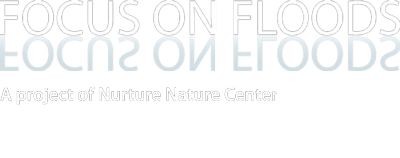This article focuses on the concept of emergency response plans. The authors note that there has been an exceptional rise in funding directed to the writing of terrorist plans post- September 11th, 2001. An assessment of community planning is accomplished by evaluating 10 planning process guidelines for natural and technological disasters. The main distinction between preparedness and planning is how they are rooted in the notion of time. Preparedness is a continuous process, while planning is a snapshot of preparedness at one point in time. This leads to what the author of this annotated bibliography believes to be the main point of this article: a community plan needs to change as the community changes. The authors also point out that quick responses may lead to partial and biased information and that focus should be given to gather in-depth and thorough information.
